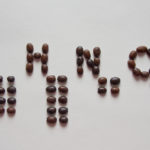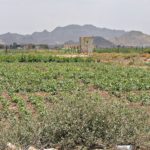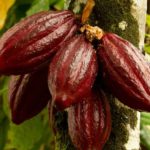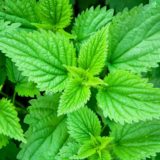Table of Contents
Natural Plants With High Caffeine Content (Other Than Coffee)

Which Plants Contain the Most Caffeine After Coffee?
Coffee has long been a worldwide tradition and has been one of the earliest plants cultivated for its caffeine content. It is also extremely hard to beat the caffeine content of Coffea arabica or Robusta coffee. Nevertheless, there are a number of options that are very frequently overlooked which contain huge quantities of caffeine and act as natural stimulants. Many of these plants have been used for just as long as coffee, just being isolated to certain regions of the world and lacking the right publicity. Ultimately, there are many plants which contain stimulating effects and also possess a pleasant aroma.
List of Plants With High Content of Caffeine
Without caffeine the world would be out of motion, however, there are many more sources for caffeine than just coffee! Here are some of the best sources of caffeine with the highest content.
Camellia sinensis (Linnaeus)
This ancient “spirit tea” is well known throughout China and Europe. It has very recently become better available in the United States and North America. It possesses a super high caffeine content, and is a really great natural source. In fact, the tea leaves contain up to 5 percent caffeine!
Khat

Khat, Catha edulis, is one of the strongest natural stimulants. While it does not actually contain caffeine, but ephedrine, it is most certainly stronger than coffee. Unfortunately Khat is illegal in many countries of the world, including the United States.
Cola Tree
Native to Africa and Asia, various species of the Cola tree contain high caffeine content via their seeds. Typically, the seeds are chewed. Both caffeine and theobromine (natural stimulant) are found in all parts of the plant.
Cassina Tree
Cassina, or Ilex cassine, possesses up to 0.32 percent caffeine and also theobromine. It is important to note the measurement for caffeine was done in 1896, thus, more accurate tests may exist today.
Guayusa
Guayusa is native to South America and cultivated for its high caffeine content. The caffeine is in the leaves and reportedly up to 1.8 percent caffeine on average. In some cases, leaves have been found to contain over 7 percent caffeine (depending upon the region, species, growing conditions, etc). It can be smoked or brewed into a tea.
Mate Bush (aka Ilex paraguariensis Saint-Hilaire)
The Mate Bush grows in South America and is well known to work as a stimulant. The natives brew Mate into a tea that contains up to 1.6 percent caffeine and 0.45 percent theobromine. Mate is said to be invigorating, stimulating and euphoric all wrapped into one experience.
Yaupon (Ilex vomitoria)
The Yaupon Holly is native to North America and Mexico. It has been used by Indians throughout the content for thousands of years to induce a ceremonial purity, a sort of caffeinated, euphoric trance. The leaves possess up to 0.32 percent caffeine along with theobromine. While one of the weaker coffee substitutes, it remains a natural caffeine alternative.
Guarana
Also known as Paullinia cupana, Guarana contains more caffeine than any other drug, including coffee itself. It is approximately three times stronger than coffee. The seeds contain about 5 percent caffeine. The leaves contain up to 0.38 percent caffeine and around 1.2 percent theobromine. It has been brewed into tea and also taken as an extract and powder.
Cacao Tree

The Cacao tree is a part of the Cocoa family and is native to Mexico, and Central and South America. Also known as its scientific name, Theobroma cacao, the plant contains 0.05 percent caffeine and 1.45 percent theobromine (which is essentially metabolized similarly to caffeine in the body). Typically Cacao is consumed via beverage or as a powder or prepared into a solid food.
Damiana
The leaves of Damiana (Turnera diffusa) provide high concentrations of caffeine when smoked. The stimulating effects are well known, and it also acts as an aphrodisiac. Damiana is a popular choice for herbal smoke blends for its sweet aroma and taste, and stimulant-like contributions. It can also be brewed into a tea.
Last Words: Natural Sources for Caffeine
The traditional coffee plants may be super high in caffeine content, but they are not the highest! The coffee plants are also not the only sources for caffeine. People looking for substitutes to coffee for their caffeine will be surprised to experience the same types of stimulating boosts from these natural alternatives. There are many other plants around the world which have yet to be fully explored, that are sure to provide caffeine, waiting to be discovered; however, so far, the ancient tribes and historical, regional use of the known plants have been more than enough to keep the world peppy and caffeinated.




